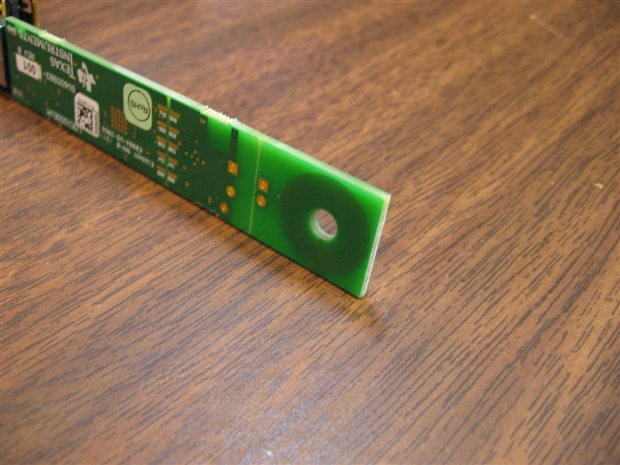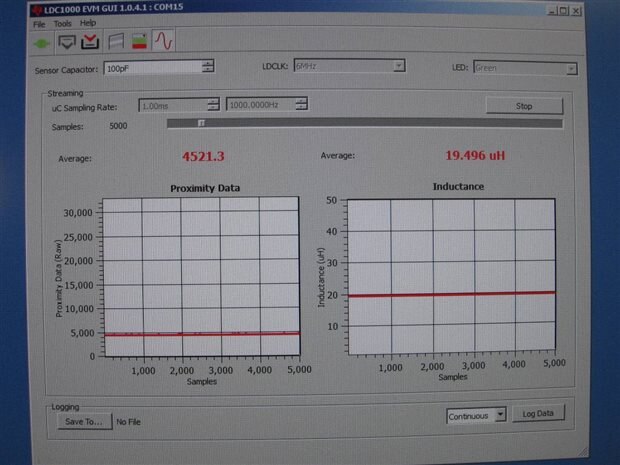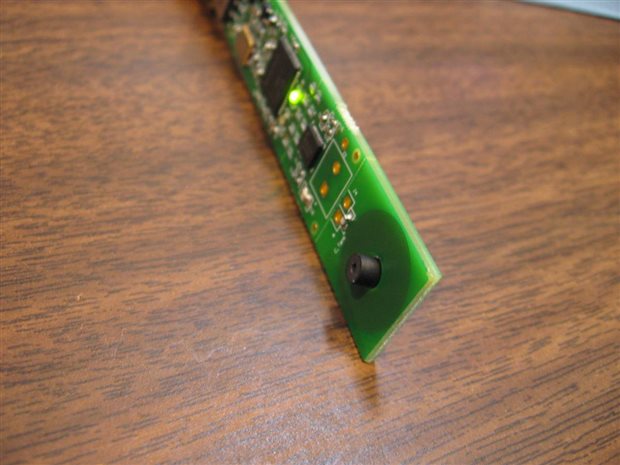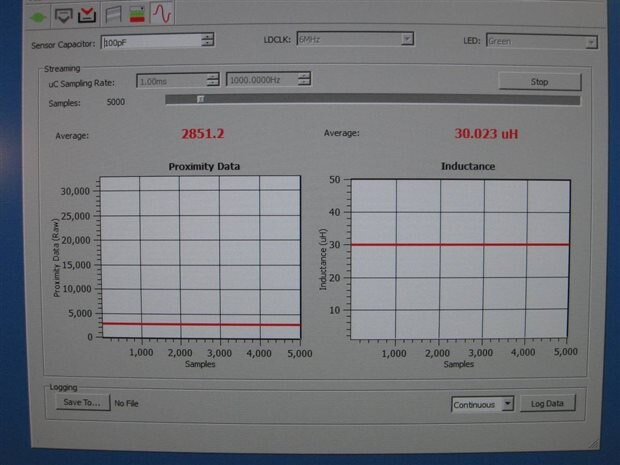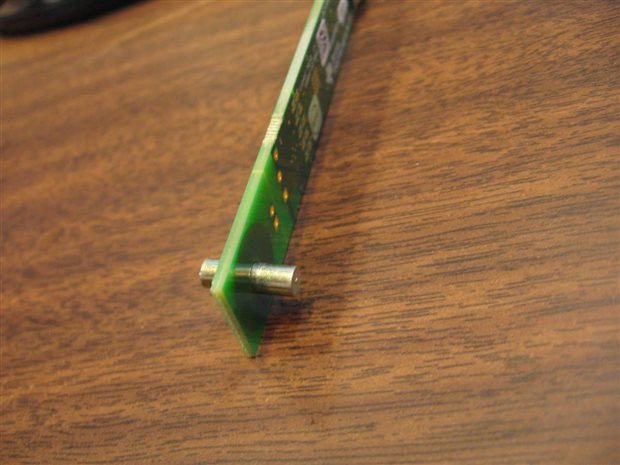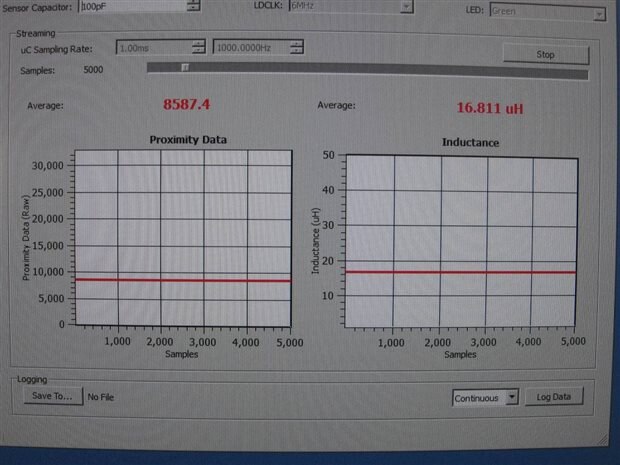Inspired by shabaz I purchased a TI LDC1000EVMLDC1000EVM Evaluation Kit and set it up If you want more information on the kit itself check out Shabaz's blog as it is very interesting Getting Started with the LDC1000 - Small Metal Detection!
After setting up the board I wanted to confirm some of the things I thought I understood about inductors and so I performed a couple of experiments and my results leave me with a question that I am hoping you can help me with.
My first experiment was to look at the inductor in free air.
The GUI for the Evaluation board was reading 19.496 uH with an open air core.
For my next experiment I inserted a small ferrite core into the inductor.
My expectation was that this ferrite core would increase the inductance of the coil. I was not disappointed as the inductance rose to 30 uH.
My next experiment was to replace the ferrite core with a soft steel rod of similar length to the ferrite one.
To my surprise and confusion the inductance of the coil dropped to 16.811 uH which was almost 3 uH lower than open air. I am hoping that someone can explain this behavior to me. I did not expect the steel core to do as well as the ferrite but I did expect it to do better than open air.
I have my physics book open right now and I am reviewing inductors to see if I can better understand why a steel core would lower the inductance of a coil instead of raising it.
John

